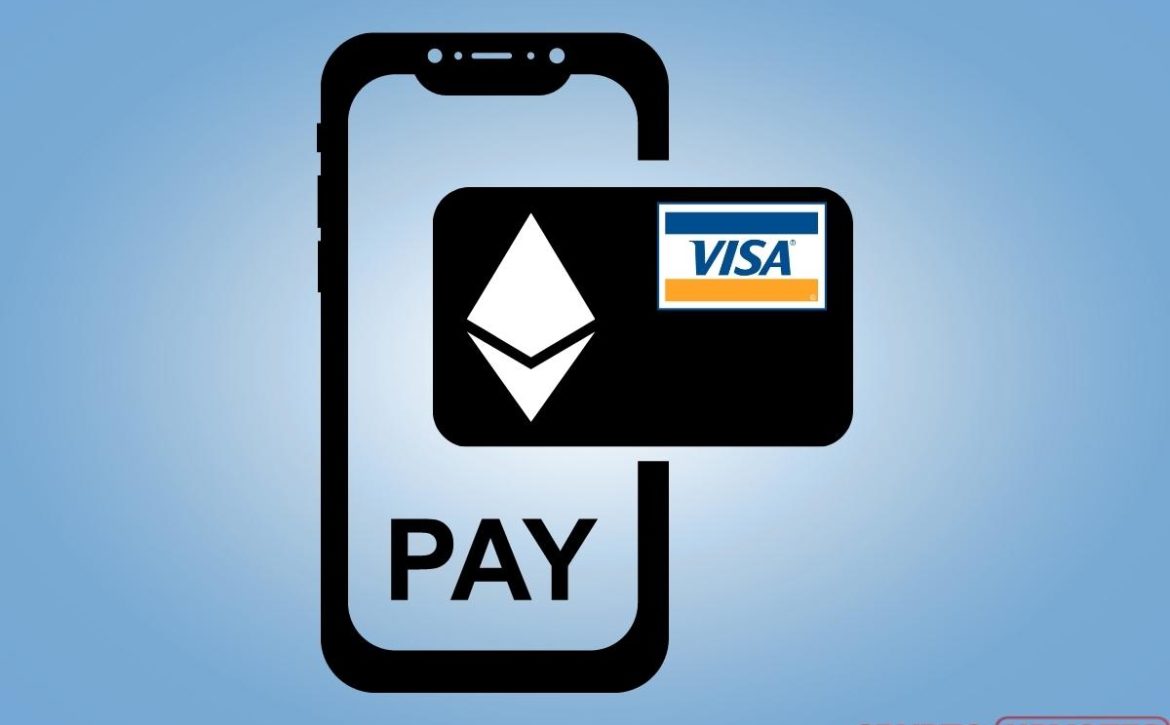Staking platforms came in 2nd in DeFi sector in terms of funds sent to them
Cryptocurrency platforms providing liquid staking services came in second place in DeFi sector by volume of funds sent to them
Staking platforms came in second in terms of funds in the DeFi sector, overtaking lending services. According to DeFi platform Llama, the volume of total blocked value (TVL). Liquid staking platforms exceeded $14 billion, while TVL in cryptocurrency lending protocols is about $13.7 billion.
Liquid staking, allows users to earn from Ethereum stacking without having to make a mandatory deposit of 32 ETH. Users can send any amount of ETH or other Proof-of-Stake cryptocurrency coins to staking. Users will receive tokenized versions of their assets in return. For example, in form of stETH token in a 1:1 ratio. The latter can be used in parallel to generate additional income in DeFi-protocols. At the same time, you will not lose earnings from staking assets in the liquid staking service.
Decentralized exchanges (DEX) lead in terms of funds on DeFi-platforms. TVL on them is $19.3 billion. However, this category includes 716 services. While the staking services whose data is collected by the analytics platform are 71.
Over the last month, TVL of just one stacking protocol Lido increased by $1 billion to $9.3 billion, while this figure for leading DEX is almost twice as low: Curve has $4.9 billion, Uniswap has $4.1 billion, and Pancakeswap has $2.5 billion.
On February 25, the Lido team noted that it recorded the largest daily inflow of funds amounting to more than 150,000 ETH (about $245 million). According to crypto analyst Lookonchain, these funds were contributed by Tron blockchain founder and Huobi exchange chief Justin Sun.
On February 27, cryptoprotocol specialists from 0xScope noted that Sun continues to contribute funds to stake on Lido. Additionally, he sent another 88,000 ETH (about $144 million) there.
Reasons for growth
Our experts point out that the influx of funds into liquid staking protocols is caused by the fact that the Ethereum network is scheduled to start updating Shanghai in April 2023. Which will allow to withdraw previously blocked funds in ETH from staking. After it was revealed in January that developers had decided to focus on this particular upgrade feature, staking platform token rates soared by dozens percent and continue to rise.
Also, the growth in popularity of DeFi-protocols from this category was promoted by rumors about the possible ban on staking in USA. There has been no official confirmation of this yet. But the major U.S. exchange Kraken in early February closed stakng for U.S. customers at the request of the U.S. Securities and Exchange Commission (SEC).







